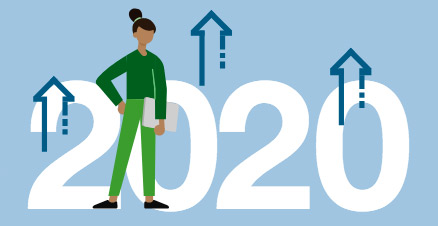A ‘Fair Pay’ Charter
Standard Chartered Bank is committed to a global ‘Fair Pay’ policy that encompasses a number of Fair Wage dimensions. According to official statements, ‘SCB launched this Fair Pay Charter to clearly set out the principles the bank uses to guide its reward and performance decision-making globally, and to support its commitment of delivering fair and competitive remuneration to all colleagues.”

A commitment to the living wage
The living wage represents SCB commitment number 1 in its Fair Pay charter; in particular it committed to pay a living wage in all its markets by 2020. To reach this target, it is ensuring a systematic monitoring and comparison of its employees’ average wages to the FWN living wage thresholds. It also aims at paying all employees above the legal minimum wage level, something that can only help those employees progressively to be also be paid
a living wage.

Fighting for ensuring gender parity
Major principles are enshrined in its ‘Fair Pay’ Charter. One of them includes gender parity. Equal pay is a key commitment in SCB Fair Pay Charter and it is a dimension which is scrutinized during their annual performance and pay review process globally to assure it will deliver equal pay for equal work. In particular the bank recently analysed the gender pay gap for the UK and four of its major markets.
One of the conclusions was that there was no discernible pay gap when the analysis adjusted the hourly pay gap for men and women carrying out roles or positions at the same level in the same business area. Another conclusion though was the presence of a general gender pay gap (when no adjustment to skills and positions was done in the analysis) caused by the lower number of women in senior roles and in business areas where market rates of pay are highest.
This led SCB to commit to increase the number of women in senior roles and to put initiatives in place to support this. A monitoring will also take place to ensure progress over time. Beyond the Fair Pay Charter other policies such as the Shared Parental Leave policy, the Flexible Working Policy and other mentoring and leadership programmes also support this gender equality among employees.

Other key elements of pay systems
As in the Fair Wage approach the Fair Pay Charter includes other essential wage elements.
First there is a commitment to the proper payment of wages, ‘accurately, on time and in a way that is convenient’. There is also a policy towards ‘an appropriate mix of fixed and variable pay and a core level of benefits to ensure a minimum level of earnings and security to colleagues and to reflect the Group’s commitment to wellbeing’.
A competitive pay structure is aimed at ‘attracting, motivating and retaining colleagues based on market rates for their role, location, performance, skills and experience.’
Third, the bank is also committed to avoid wage discrimination and ‘to reward colleagues in a way that is free from discrimination on the basis of diversity, as set out in the Bank’s Code of Conduct’.
They also emphasized their objective to enhance communication of pay and performance decisions, and seek feedback and input from colleagues on their pay structures and outcomes, efforts that could progressively also be extended to negotiations with workers’ representatives on pay systems and wage adjustments.

